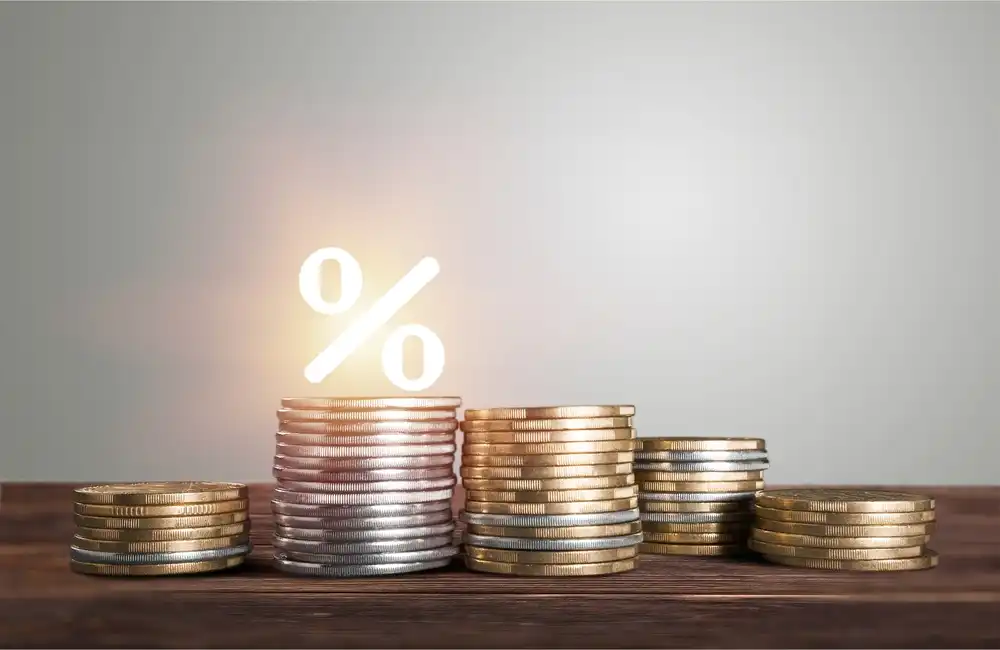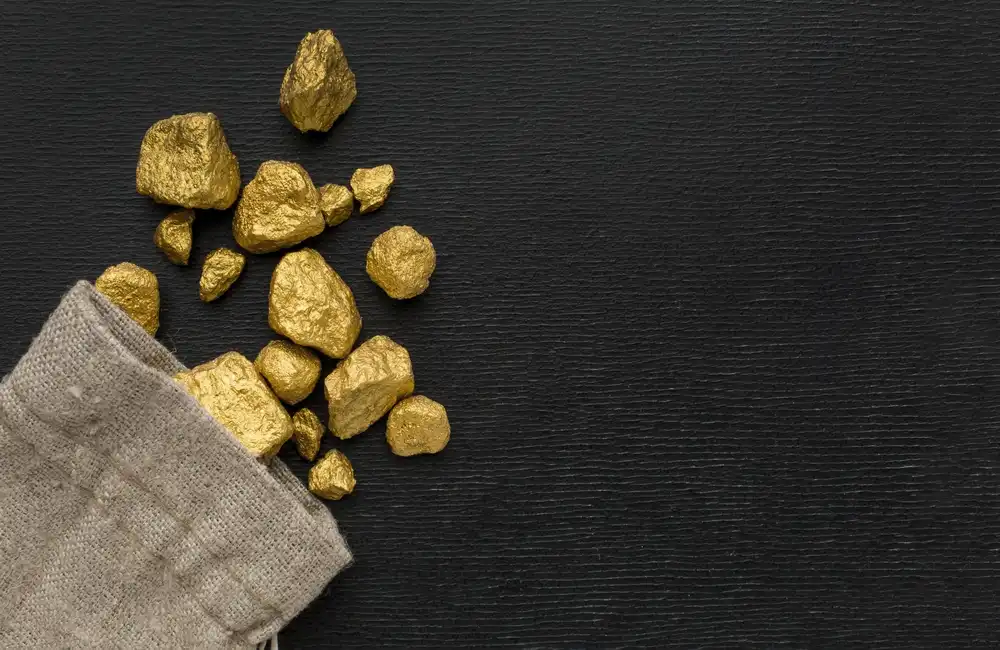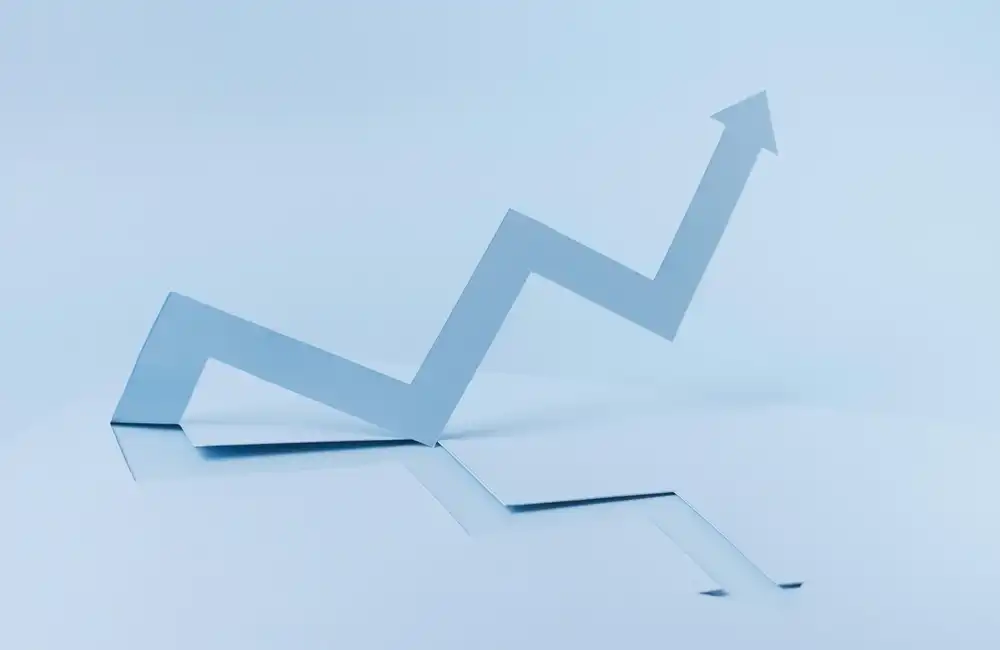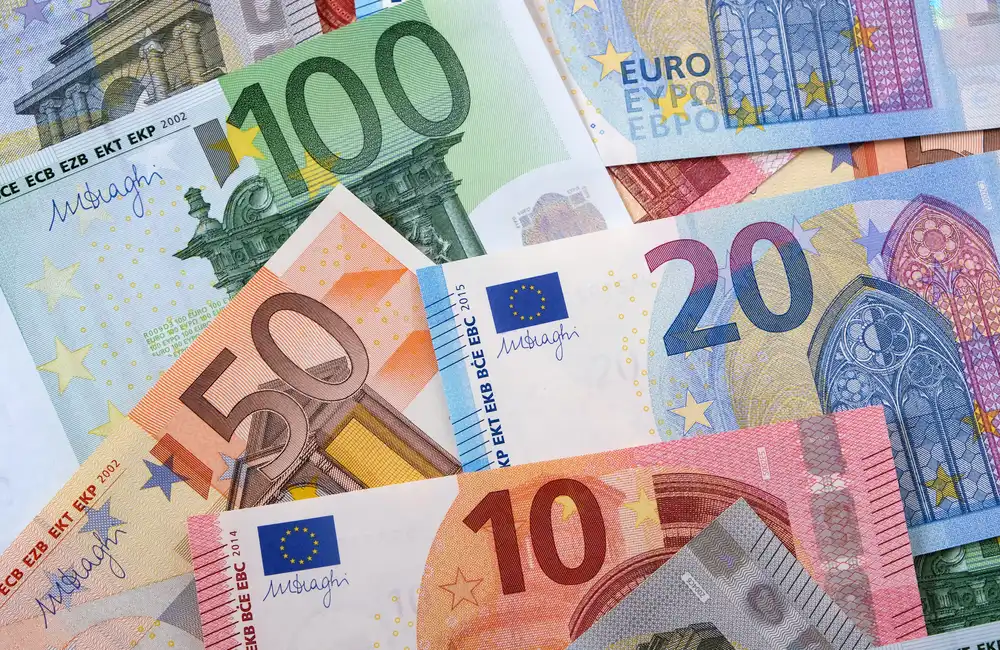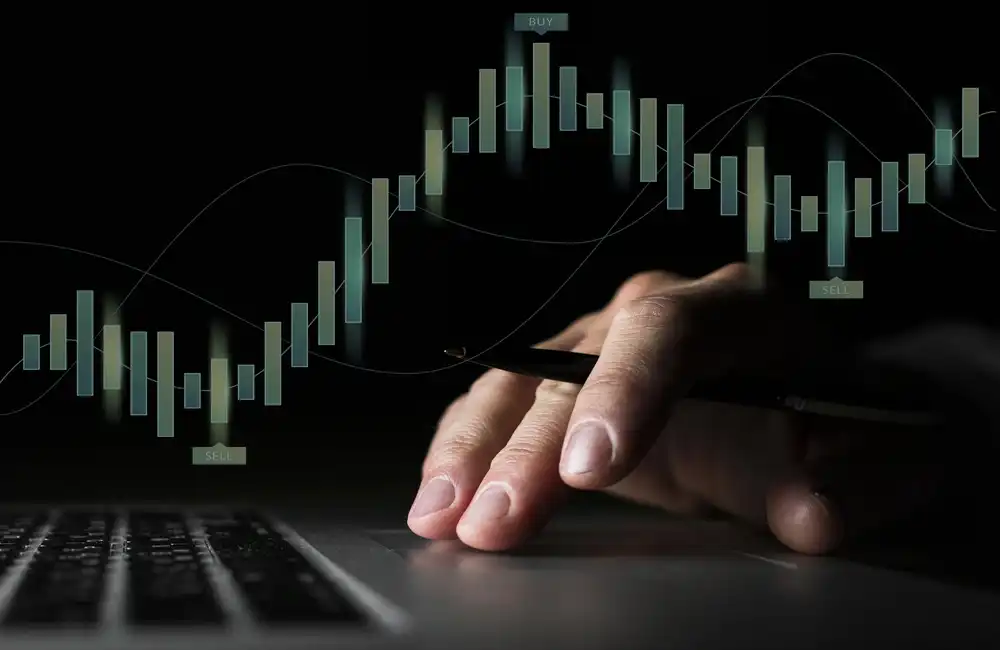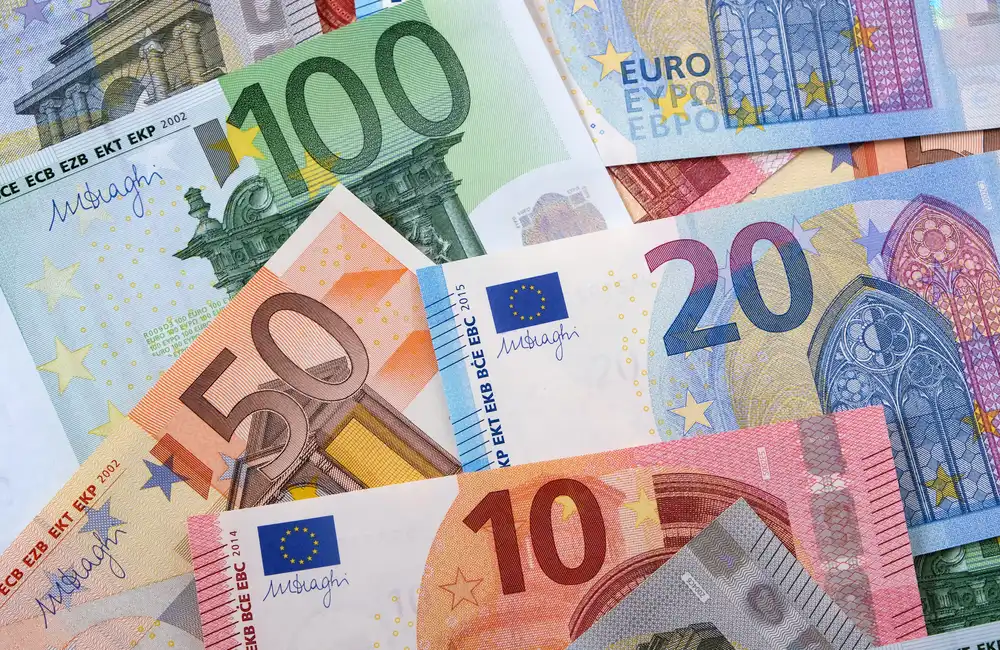Silver stands out as a valuable investment because it functions as an essential industrial material and a means to preserve wealth.
Silver gives UK institutional investors and commodities strategists opportunities to counter the impacts of inflation while expanding their investment portfolios and benefiting from increased industrial demand. Ten expert-approved methods will help you improve your strategy for silver investments.
1. Understand Silver’s Dual Role
The value of silver depends on its dual role as an industrial component and a precious metal. Half of the worldwide silver consumption comes from industrial applications, including solar panel production as well as electronics and vehicle manufacturing (World Silver Survey). As a precious metal, silver functions as a secure investment option during economic instability.
2. Consider Different Investment Instruments
The silver market offers investors a range of instruments that come with distinct benefits and potential risks. ETFs allow investors to gain silver exposure without owning physical silver whereas silver futures contracts enable investors to speculate on silver prices through leverage. Physical silver offers tangible ownership, but it requires investors to pay for storage and insurance expenses.
3. Monitor Industrial Demand Growth
Identify which industries are responsible for increasing silver industrial demand. Silver plays a fundamental role in photovoltaic cells which makes the solar energy sector a major source of demand for this metal (IEA). The automotive sector especially electric vehicles (EVs) is projected to drive increased silver demand in the foreseeable future (Reuters).
4. Analyse Supply Constraints
Mining difficulties create natural limitations on the supply of silver. Price volatility results from global production disruptions caused by labour strikes, geopolitical tensions and environmental regulations. Monitoring mining activity in top silver-producing nations such as Mexico and Peru is essential.
5. Pay Attention to Seasonal Trends
Seasonal patterns emerge in silver prices due to changes in industrial demand. The manufacture of solar panels tends to rise during spring and summer which results in greater silver consumption. Investors who understand market trends can make effective decisions about when to buy and sell.
6. Hedge Currency Risks
Because silver prices are set in US dollars worldwide currency fluctuations become an essential consideration. Investors in the UK should implement hedging strategies to protect their returns against potential currency risks when the pound sterling shows volatility against the US dollar.
7. Track the Gold-Silver Ratio
The gold-silver ratio calculates the ounces of silver needed to buy one ounce of gold. The gold-silver ratio has historically served as an indicator of relative asset value with a high ratio suggesting that silver is undervalued compared to gold which can create purchasing opportunities.
8. Evaluate Macro-Economic Factors
Silver prices move according to wider economic changes including interest rate hikes and fears about economic recession or inflation. Silver becomes a preferred choice for investors looking to protect their assets from inflation or maintain stability during geopolitical crises.
9. Diversify Within Precious Metals
Silver presents a diversification option within the precious metals category despite gold's predominant position as the preferred choice. Silver's dual role as an industrial commodity and a store-of-value enables investors to protect their portfolios from market volatility in both stocks and bonds.
10. Stay Updated on Regulatory Changes
The implementation of new regulations that focus on ESG practices within the mining sector affects both silver supply and its market prices. The increasing emphasis on sustainability requires investors to actively track environmental regulation changes in mining to understand how these changes might affect their investment portfolios.
Final Thoughts
The ability of silver to function as both an industrial metal and a store of value renders it a dynamic investment option for UK investors. Silver provides portfolio diversification capabilities while offering protection against inflation and the opportunity to gain from expanding industrial sectors including solar energy and electric vehicles. Commodity strategists who keep track of supply dynamics, seasonal patterns and macroeconomic factors can optimally exploit silver investments and mitigate risks.
Silver offers more than meets the eye. Shiny metal investments serve as an essential foundation for developing sturdy portfolios.


